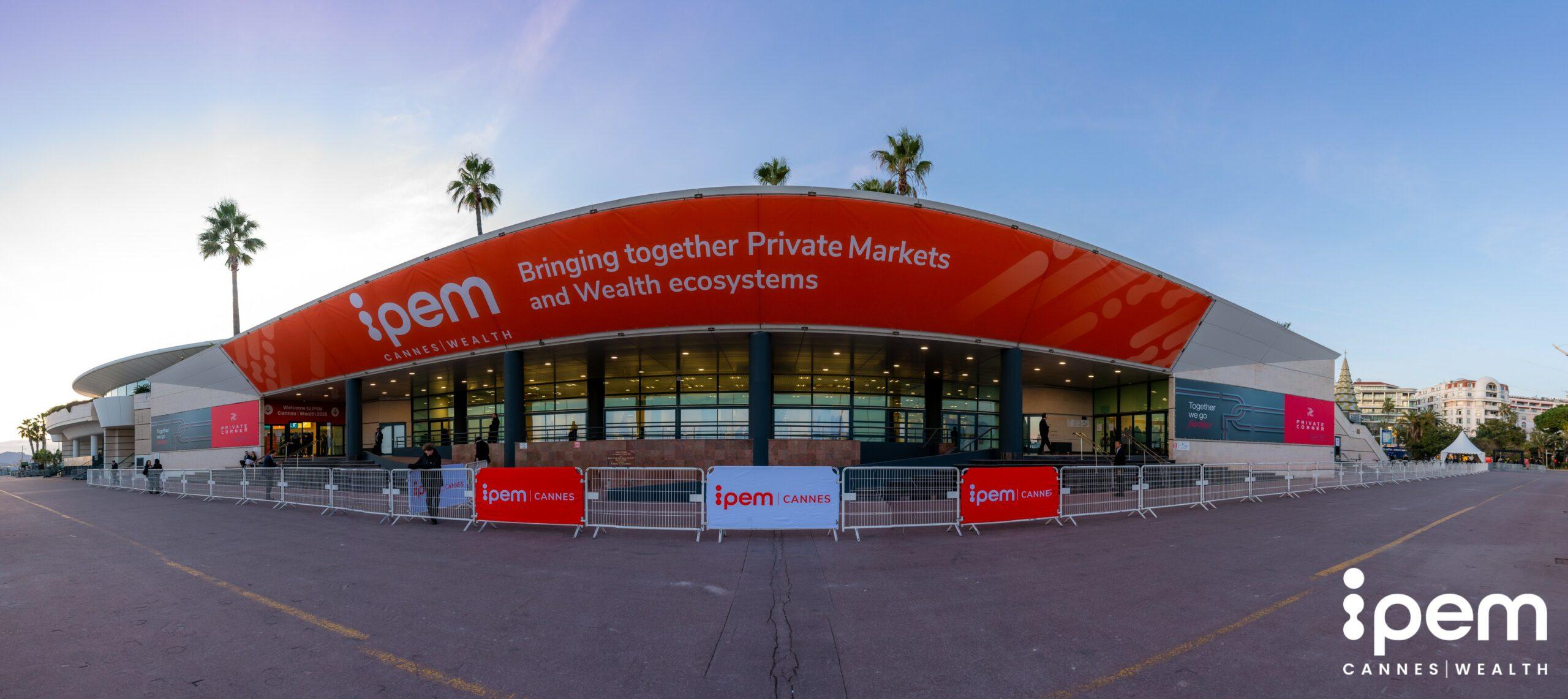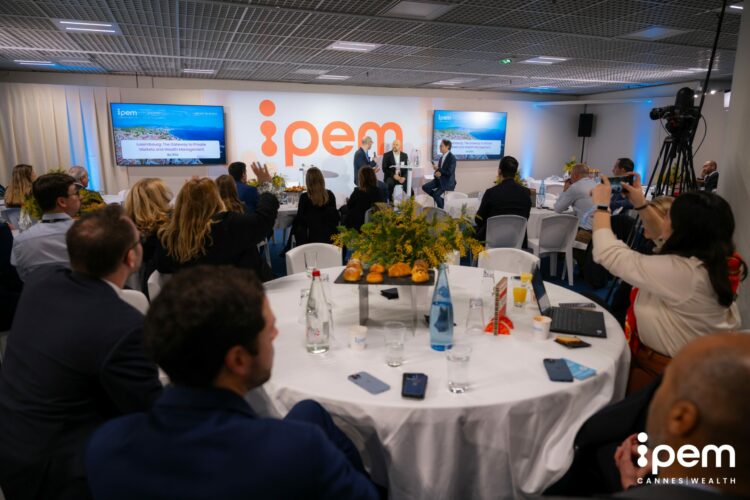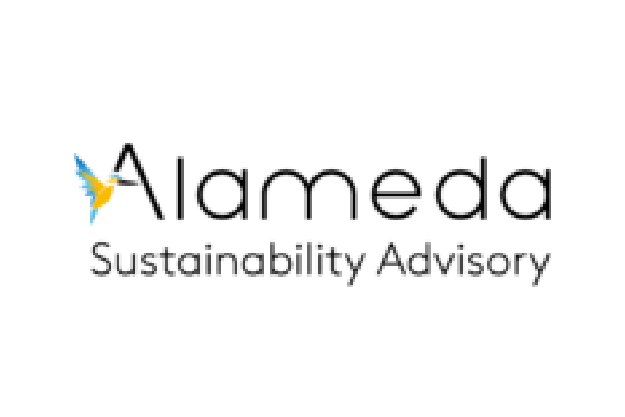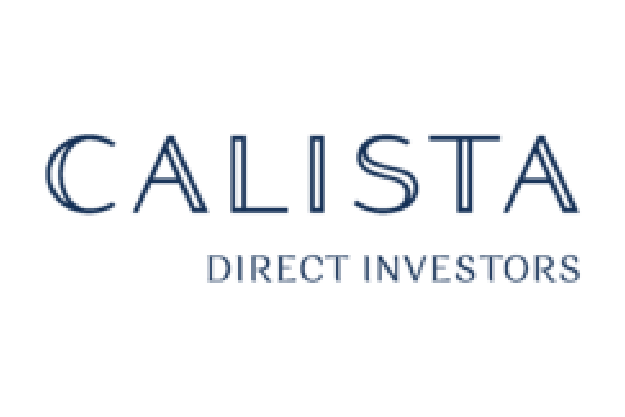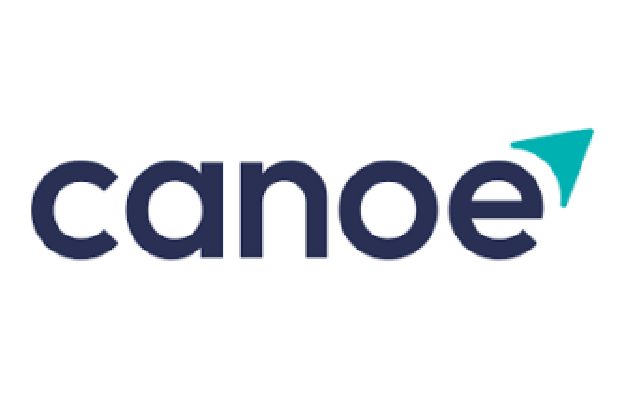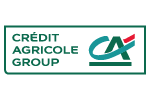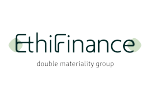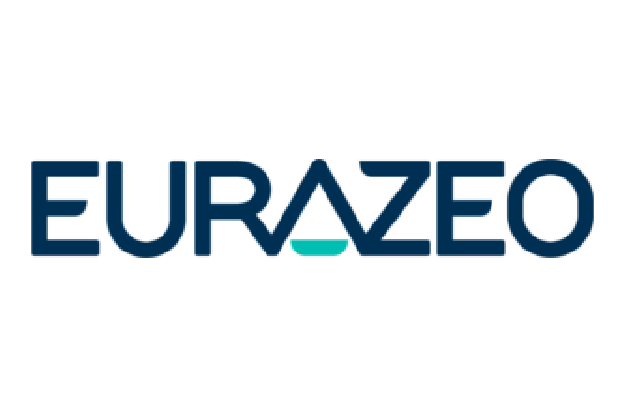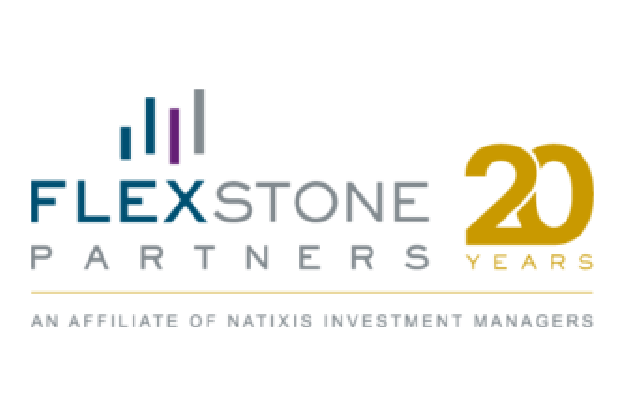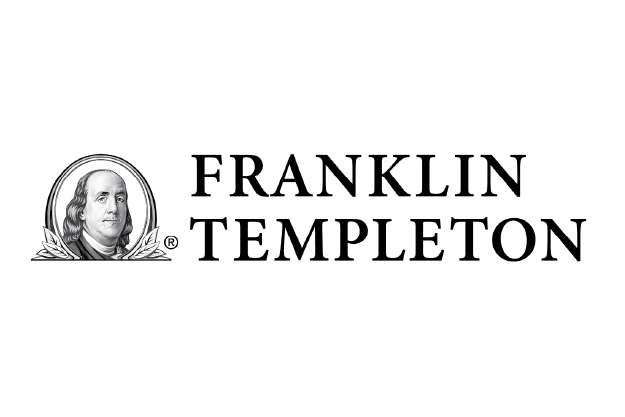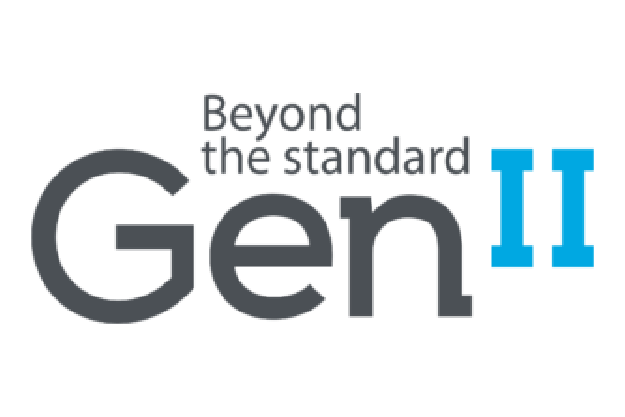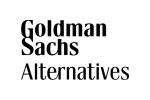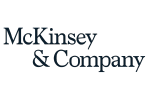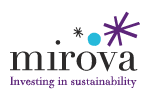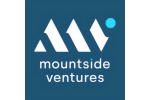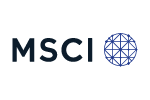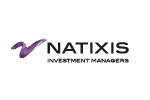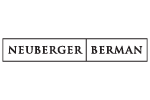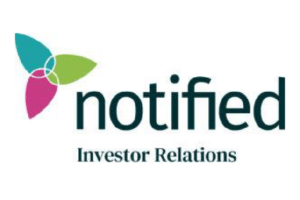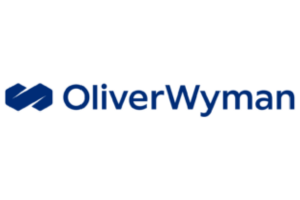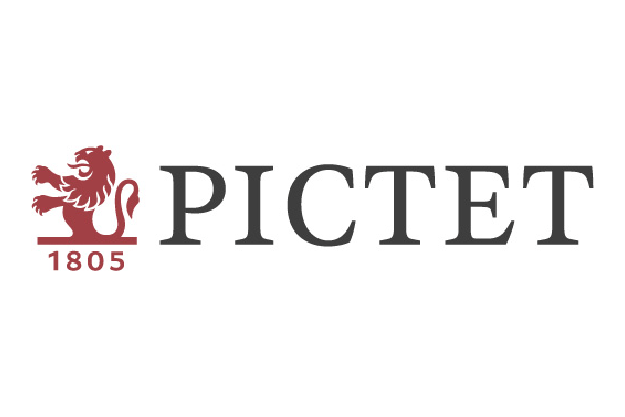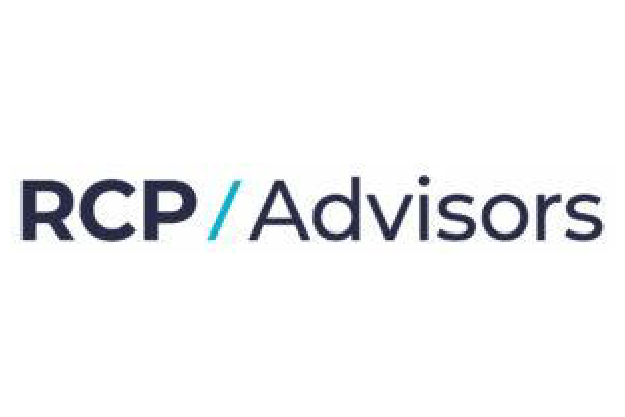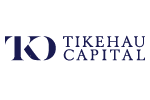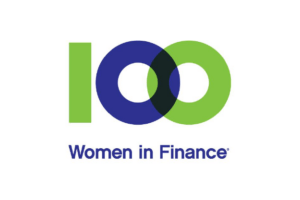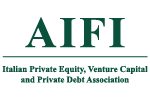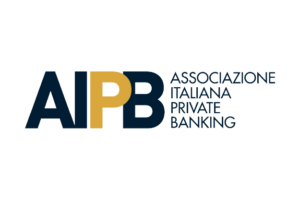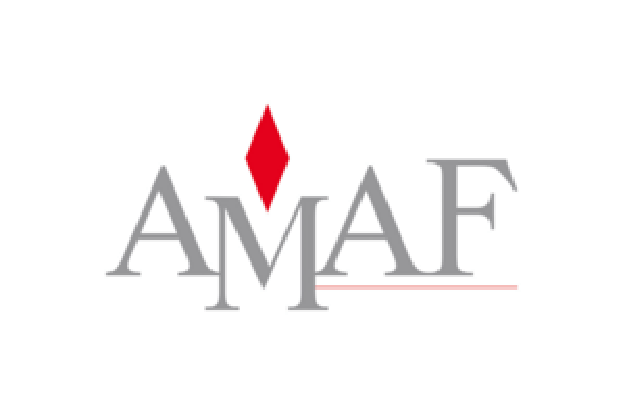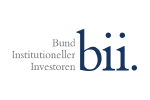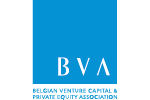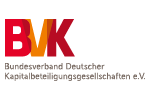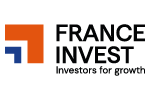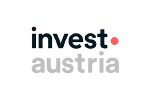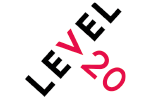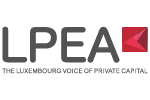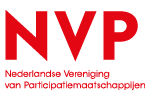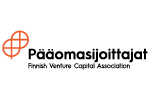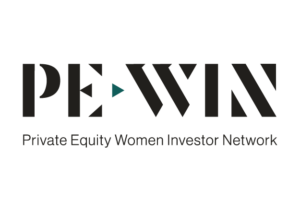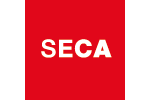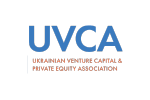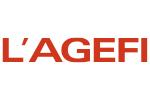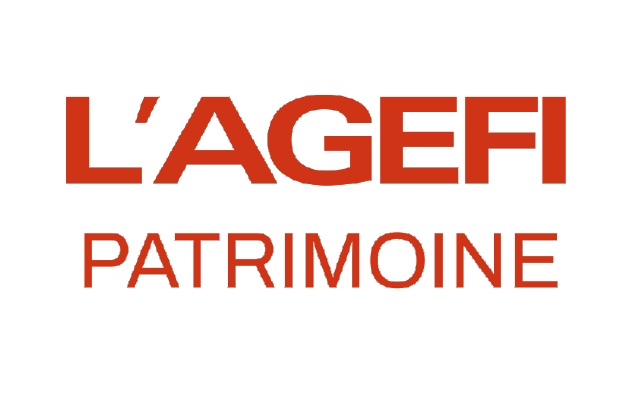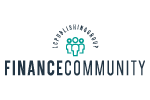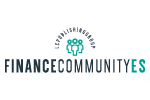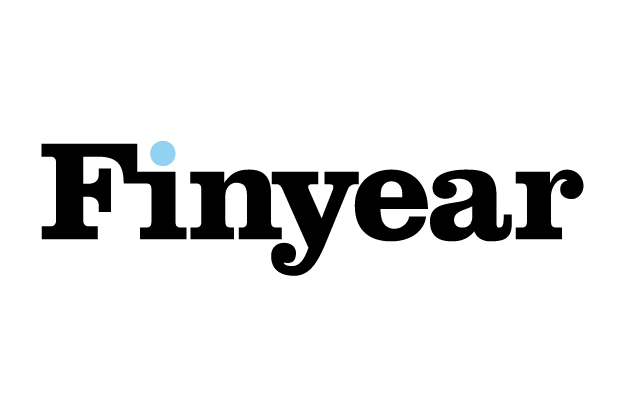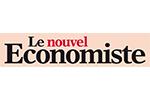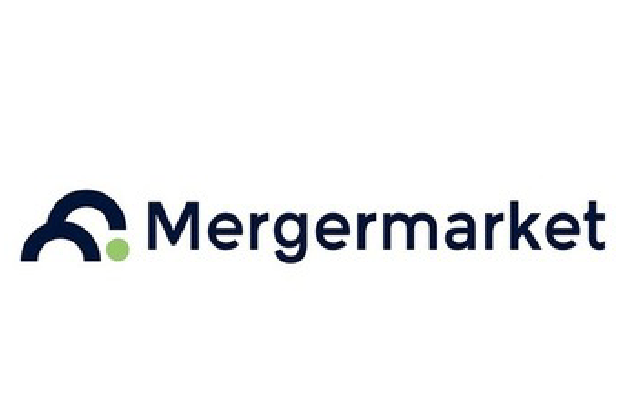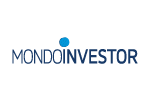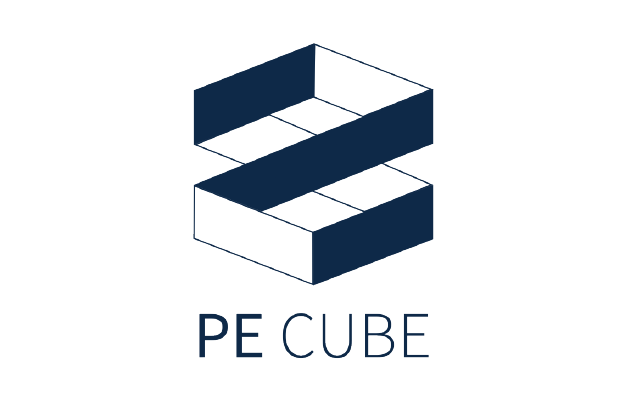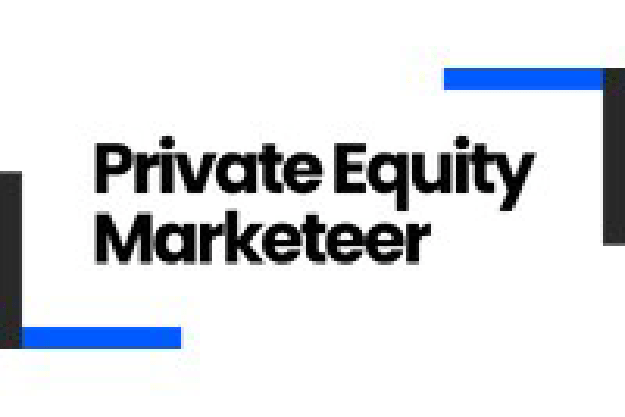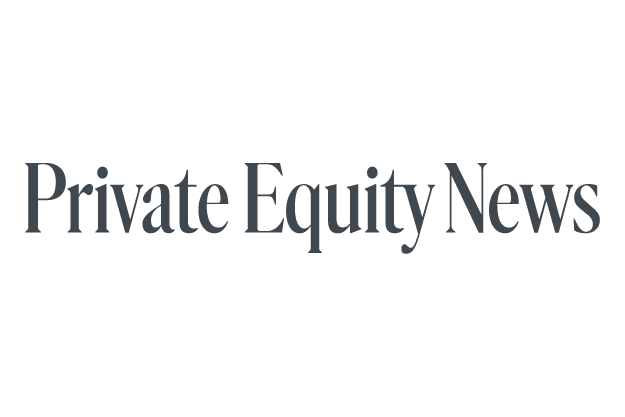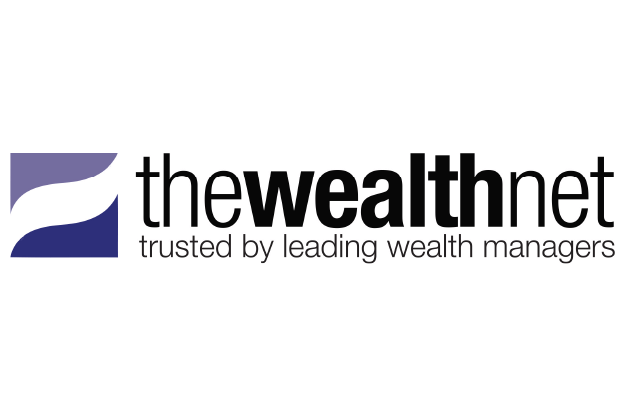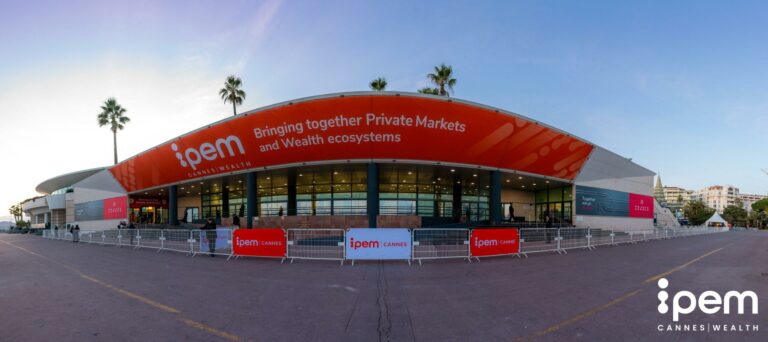Capturing the true spirit of camaraderie
Following a well-earned evening of celebrations (at least for team Apollo!) and high energy networking, January 30th kicked off with a packed morning of compelling discussions on the future trajectory of private markets.
Private Markets Insights
The Investment Challenge: Bridging Europe’s Productivity Gap
What better way to set out a future roadmap for GPs, as they consider their deal making strategies in 2025, than to dissect the implications of Mario Draghi’s report, “The future of European Competitiveness”. One of the key highlights of the report is that EUR800 billion per year, equivalent to 4.5% of EU GDP, will be needed. For comparison, the Marshall Plan to rebuild Europe in 1948 was the equivalent of 2% of EU GDP. That highlights the scale of the challenge – but also the opportunity – that lies ahead.
Draghi also mentions in his report that Europe’s productivity issue is driven largely by the cost of energy, which is notably higher than in the US.
Energy transition is vital to making Europe more competitive. “EUR600 billion will be needed just on clean energy over the next five years; storage systems, efficiency solutions,” remarked Roberto Quagliuolo, Deputy Head of Private Equity, Tikehau Capital.
European pension fund capital is significant but it is not yet being used the right way to finance innovation and decarbonization. This is because pension systems are not structured to contribute to economic growth as most are PAYG (pay-as-you-go) systems focused on retirees rather than long-term investment.
“We invest in private equity because it offers the right risk profile. Investing in VC is not attractive enough for us at the moment,” remarked an executive of a large European pension fund.
The French government is encouraging more private savings to allocate into private markets but this will take time. “We need support from the government but we also need a lot of education. There’s a lack of understanding on the merits of private markets,” suggested Claire Chabrier, Managing Partner, Private Equity, Amundi Alternative and Real Assets. She noted that thanks to digitization, Amundi is much more able to offer digital products to its clients.
Europe should look to build on its VC ecosystem but doing so will need public as well as private capital. There was a sense of urgency among speakers that this has to happen to avoid destroying what is still a fairly nascent VC community, compared to the US.
When asked to share their views, 50% of the audience said working on the transition of portfolio companies would contribute to Europe’s sustainability agenda, while 43% said sustainability-oriented venture capital would achieve it.
Most likely, a careful balance will need to be struck with some suggesting that for Europe to regain its competitive edge, it will depend on both listed and unlisted markets playing a role; in a VC context, that means providing a clearer path to IPO. “If we want to build European champions we need to raise huge amounts of money in a short period of time. The listed and unlisted worlds should come together,” commented Adrien Perret, Executive Director, Fonds de réserve pour les retraite (FRR).
Private equity investors like Tikehau Capital believe that it is less about innovating and more about investing in, and accelerating existing technologies, to urgently address the productivity gap. “We invest in field specialists, power cable manufacturers. VC is relevant but over the long-term, especially as it relates to energy efficiency and resilience of Europe’s power grid,” suggested Quagliuolo.
Private Markets as a Catalyst for Transition
Climate and energy transition should not only be thought of as being solely about decarbonization. It is also about building energy resilience, food security. Climate technology investors are finding that being able to explain this, and show how technology is able to address these challenges, is a strong story for investors and one that they increasingly appreciate.
But here’s the rub: while Europe is home to an estimated 30,000 climate start-ups and scale-ups, compared to 14,300 in the US, in many technologies Europe is still lagging behind the US and China.
This has caused some to re-open their investment thesis and as Serge Younes, Global Head of Sustainability at mid-market PE firm Investindustial, revealed: “We’re good at industrials but there is this massive value chain of mid-cap companies.”
He said they invested three or four years ago in a specialty chemicals company that produces resins for the space industry and realized that because of its heat resistance qualities, the firm had a technology that could be applied to thermal casing EV battery packs. This has resulted in higher revenues for the firm.
It is these opportunities that founders need as they look to achieve the next level of growth, and become attractive to growth equity and private equity firms in Europe.
Big investors like Apollo apply a value-oriented private equity investment thesis, investing in EBITDA positive companies. They do this across two areas: mid-market firms that have platform growth potential and take privates of larger companies that maybe don’t have the right balance sheet to successfully transition.
The second area is private credit, where the Apollo team sees huge opportunities in Europe supporting the climate ambitions of large incumbents. “We have a long standing relationship with Air France where we provide large debt solutions. And in this particular case we provided a EUR1.5 billion financing solution secured against the KLM air miles programme,” Ewa Jackson, Managing Director, Client & Product Solutions Group, Apollo. EUR100 million was ring fenced to incorporate an ESG element into Air France’s traditional financing structures to help meet their climate ambitions.
Jackson stated: “More capital-efficient models and structured credit solutions are driving the next step change in the industry.”
Industrial players and LPs are recognizing the cost of inaction, as climate policies are increasingly driven by science-based targets rather than political agendas. “Three years ago, 90% of companies didn’t measure carbon footprints – now, 50% are aligned to net-zero pathways. The easy part is done. Now we need real CapEx for deep transition,” stated Serge Younes.
The exit environment for climate tech is strengthening although firms are not allowing themselves to be seduced by the “green premium” tag; rather, investors must focus on superior technology and economic viability. This was stressed by Danijel Visevic, General Partner, World Fund. “There’s a green industrial plan being published in February. We need to stop planning and act now to develop new technologies, and scale those technologies to be able to build future proof companies that can drive future transformation.”
GPs are turning to digitization and AI tools to enhance their own internal operations, particularly as it pertains to sourcing deals, and LP reporting; for example, using agents (or chatbots, as they were previously called) to automate and make it easier it to comply with side letters and changes to LPAs.
Aymeric Marraud des Grottes, Partner at RAISE, highlighted that GPs are going to need to further digitize to make sure they have an accurate view of data. This will be necessary to better understand where portfolio company performance is coming from, to enhance portfolio construction. “We need to set up a modern data stack aggregating all the information from our portfolio companies,” he said.
Looking ahead, Audrey Soussan, General Partner, Ventech, suggested that rather than try to compete with the US and China, Europe could find a way to use its deep talent pool to build ethical AI champions: “We care about data privacy in Europe so let’s try to build AI which is protecting this data. If the US, China want to enter our market, they would have to play by our rules of the game.”
Private Wealth Insights
Just as the institutional marketplace has bifurcated, with large or mega-cap funds on one of the spectrum and small, mid-sized funds on the other, so too will the private wealth marketplace as the wealth revolution gathers pace. This is likely to occur across multiple wealth channels, as private managers seek to make investing in evergreens as easy as possible for clients, including sophisticated family offices who have, for years, been able to access private equity using traditional closed-ended funds.
However, not every family office necessarily wants the complexity of multi-drawdown vehicles. Evergreens, while attractive to mass affluent investors, could also find that large institutional investors choosing to use them in the coming years.
An estimated $85 trillion of private wealth transfer is expected within the next 20 to 25 years. This offers a significant tailwind for both GPs and banks who are busy populating their shelves with products. Last year, evergreens grew by 20% to approximately EUR24 billion.
Daniel Imhof, Managing Director, iCapital, explained that evergreens compound immediately as opposed to going through drawdowns and J-curves. Solving these things makes it quite exciting for clients, banks and distributors.
“Alternatives are not just an alternative any more .. and if you’re not taking into account private markets, you’re betting against private markets. We’re moving from a 50/50, 60/40 portfolio to a 50/30/20 portfolio, where 20% is in private markets,” said Imhof. In terms of asset interest, private credit was the most popular last year he said, followed by private equity and real estate/infrastructure.
Fabio Osta, Managing Director, Blackrock, echoed this. He said the firm expects to see significant growth in credit and infrastructure: “They represent 20% of the market today, but we expect that to grow to 30%.”
Increasing demand for evergreens
It is clear that evergreens are fueling significant interest among wealth advisors, as mass affluent investors increasingly hear about the virtues, and return potential, of private assets relative to public assets. Richard Hope, Global Co-head of Investments at Hamilton Lane told the audience that 70% of wealth advisors (300 were surveyed) believe evergreens improve conversation with clients. Some 30% of the survey respondents said that they would increase evergreens to 20% of their portfolios, “which is a major increase from past indicators. There’s definitely demand for evergreens, this is not just a push from distributors,” said Hope.
Tailored investment solutions was cited by 56% of the audience as the most important factor for a successful distribution partnership, followed by strong ongoing support and education. Indeed, education, and its importance thereof, was a recurring point emphasized by numerous speakers at IPEM Cannes | Wealth across both days.
“It is a new asset class so it is essential for clients to understand the underlying assets,” said Corinne Schreiber, Managing Director, Investor Relations at Astorg. “Private equity has a lot of nuances, whether it’s the split between PE and VC, or the differences between feeder funds and evergreen funds.”
You can only feed the ducks when they are quacking
When firms like Ares started their push into private wealth the ducks weren’t quacking, but they are now. 90% of sales have been done through advisors explained Mark Serocold, Head of EMA Wealth Management Solutions, Ares. He noted two levels of resistance exist: at the advisor/gatekeeper level and at the individual client level.
“Education is key. As soon as people hear that there are gates on the product, they say they don’t need them as they can make 25% on the public markets.”
Part of the misconception, which has added to resistance, is liquidity: i.e. what the liquidity of private markets looks like across different asset classes. “And also that public markets are safe because of liquidity but private markets are not,” noted Véronique Fournier, Head of EMA Wealth Distribution, Apollo. She added: “We have a responsibility to provide high quality onboarding, education and reporting to further the access to private markets.”
As product design evolves, in response to a higher number of funds coming to market, some would like to see more use of technology and further evolution on the user interface, to make the investment experience as clear as possible. When fundraising, track record, brand reputation and fund economics are regarded as the most important factors.
“We probably also don’t want to launch too many funds, the last thing anyone wants are funds that start at EUR30 million and remain at EUR30 million for several years. A fund not growing is not helpful for anyone,” stressed Serocold.
